Pictures of a killer: A plague gallery
A Disease of Biblical Proportions
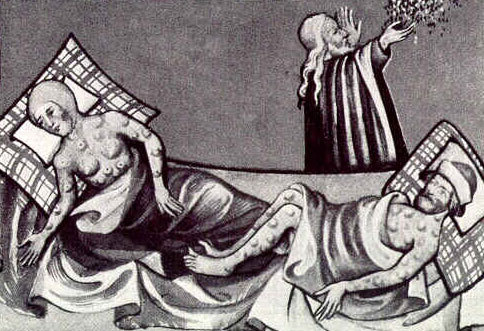
A depiction of the Black Death from a 15th century Bible. Bubonic plague, a bacterial infection characterized by swollen, painful lymph nodes called buboes, has long been blamed for killing one-third or more of Europeans in the mid-14th century. Some, however, question whether the plague present in the modern world could have been responsible for such rapid devastation.
The Vector
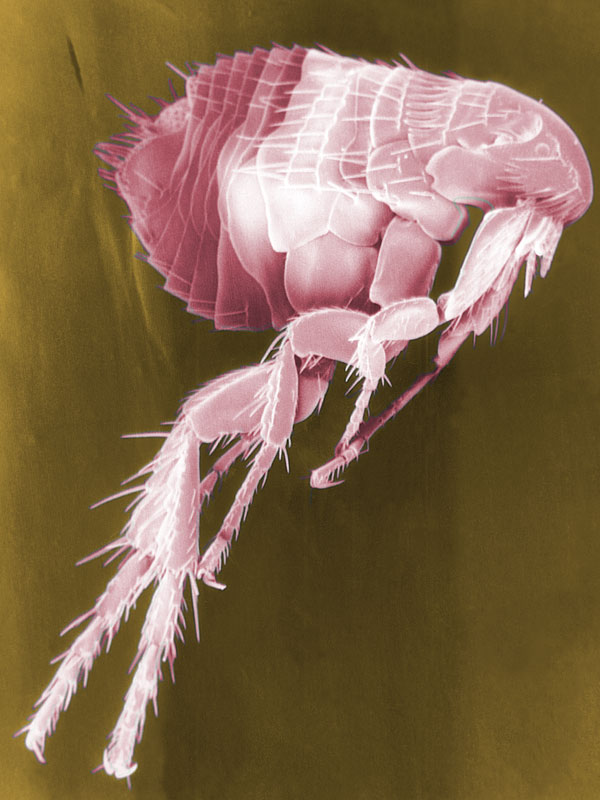
Fleas like this one are thought to be part of the deadly duo responsible for most plague deaths in the modern world. Fleas pick up the bacterium responsible from infected, dying rats. The fleas then spread the disease when they attempt to feed off another host.
Rats!

Black rats, Rattus rattus, like the one above, are the other half of the duo blamed for spreading plague. Rats, like humans, are highly susceptible to plague and outbreaks among humans are often accompanied by rodent deaths, known as rat falls.
The Bug
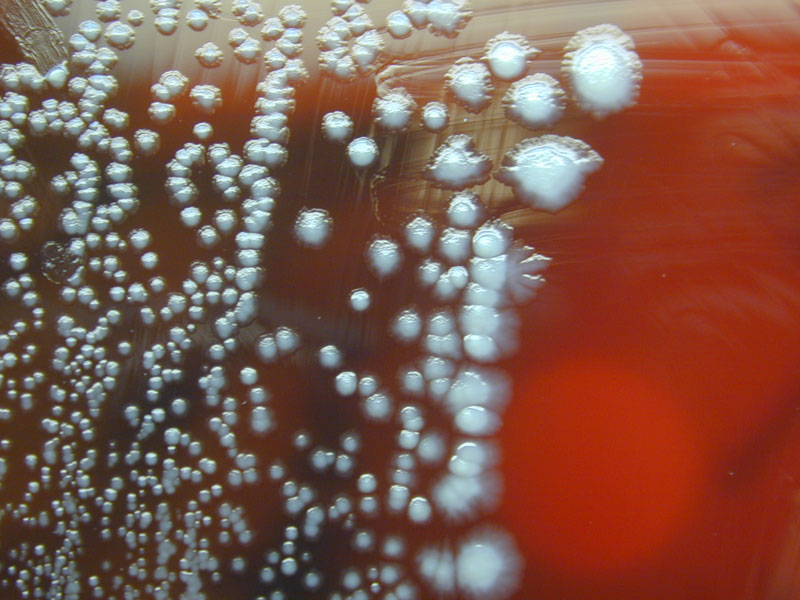
A petri dish culture of the bacterium responsible for plague, Yersinia pestis. Genetic research has shown that this microbe evolved in or around China more than 2,600 years ago and followed humans around the globe.
Blood Suckers
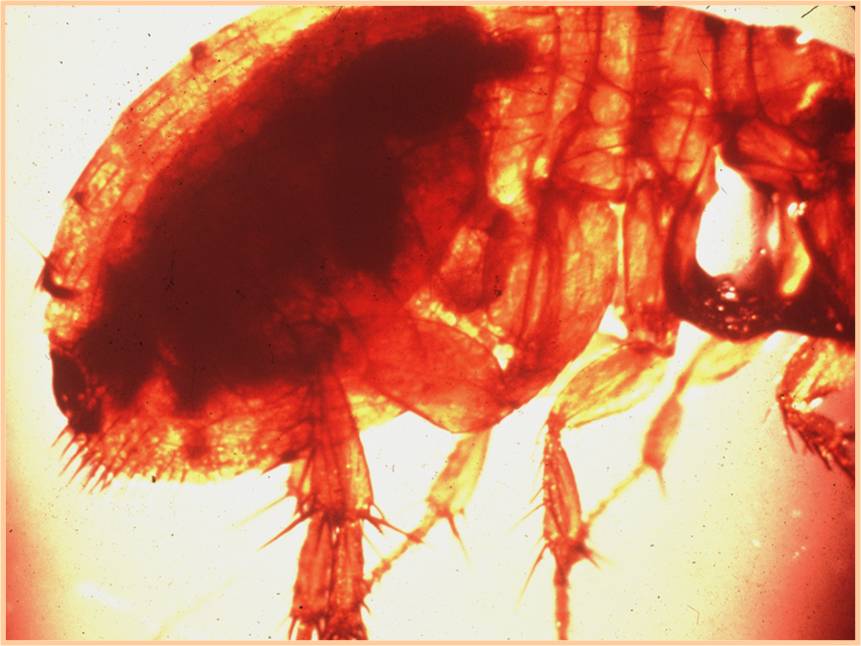
Some have questioned whether plague caused the 14th century Black Death because the modern version of the disease does not spread as rapidly or kill as many as the Black Death did. Research in recent years has shown that fleas can transmit the bacterium much sooner after picking it up than thought. Previously, it was believed that transmission only happened after the bacterium blocked the flea's stomach, starving it and causing it to regurgitate. This process could take several weeks, but now it appears some can transmit the disease in as little as four days.
Hallmark of Plague
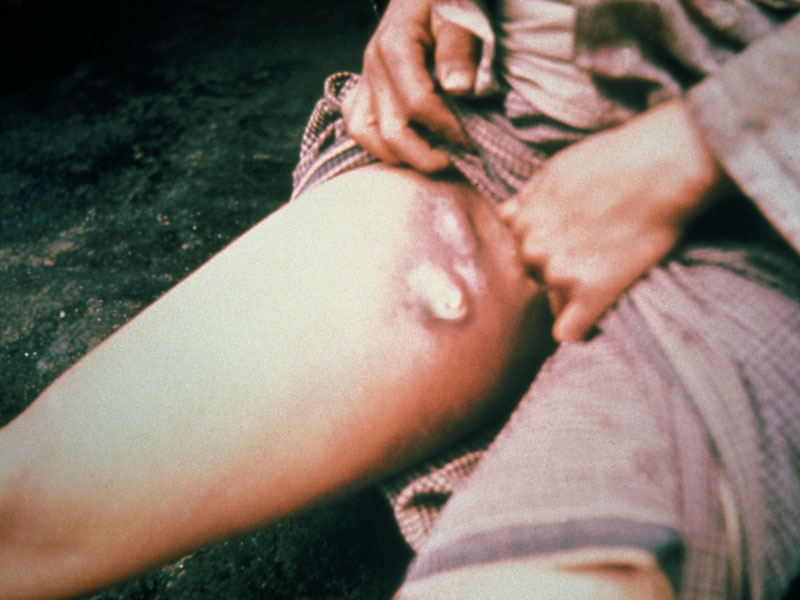
Bubonic plague, the most common form, is associated with painful, swollen lymph nodes, called buboes as shown above. After an incubation period of two to six days, symptoms appear, including severe malaise, headache, shaking chills and fever. Plague can also infect the blood or lungs. The latter form, pneumonic plague, can be transmitted person to person.
In the Blood
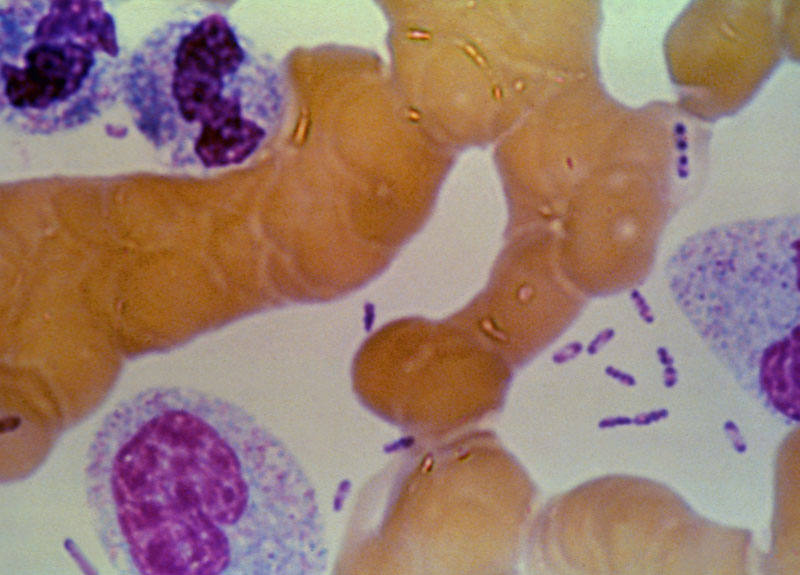
Yersinia pestis, the bacterium that causes plague, appears in this microscope image of the bacteria in the blood of the patient. Its cells are the tiny and safety-pin shaped. It kills between 50 and 90 percent of its untreated victims, and about 15 percent of those who are diagnosed and treated, according to the CDC.
Sign up for the Live Science daily newsletter now
Get the world’s most fascinating discoveries delivered straight to your inbox.
Another Victim

Around the turn of the 20th century, the disease spread from Asia around the world by ship. After arriving in San Francisco on a ship from Hong Kong, plague spread into the North American continent, where it now mostly infects wild rodents and their fleas. Above, a ground squirrel killed by the plague.
A Modern Killer

These rats were collected from ships in an Indonesian port during the plague epidemic of 1969. In 2003, 9 countries reported 2,118 cases and 182 deaths. Upwards of 98 percent of those cases and deaths were reported from Africa, according to the World Health Organization.
Safety-Pin Shaped
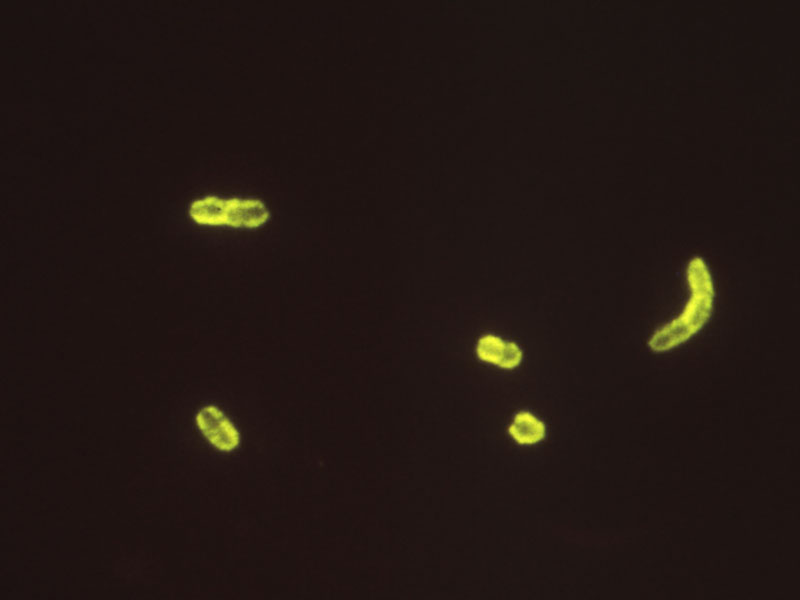
A fluorescent antibody stain of the safety-pin shaped bacteria that cause plague, Yersinia pestis.
Flu: Facts about seasonal influenza and bird flu
What is hantavirus? The rare but deadly respiratory illness spread by rodents











